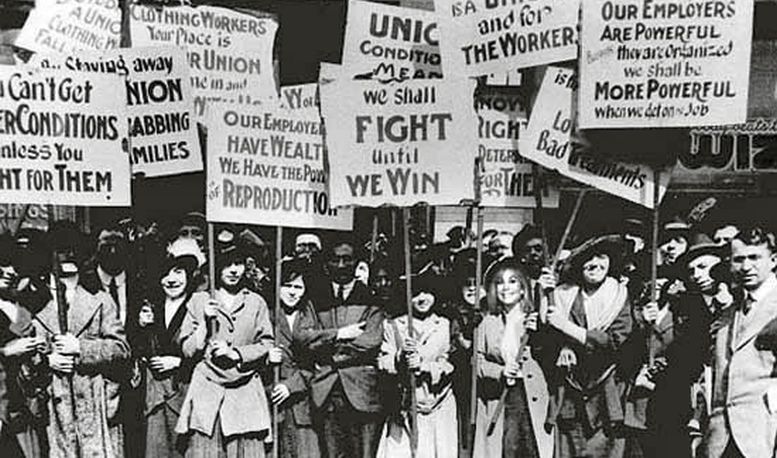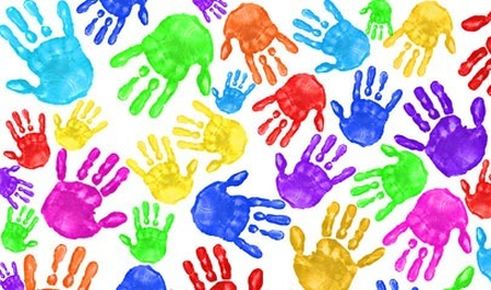March 8 has become a day where liberal feminists acknowledge women’s progress over the past few decades. They gather at celebratory breakfasts or dinners to acknowledge the achievements of women who have pushed past boundaries (legal, professional or social) and made significant differences in their communities. But for most ordinary women, this day goes unnoticed. They work long hours at their paid job and then go home to perform the reproductive labour of childcare, domestic work and cooking. For many women, especially immigrants, their workday involves juggling more than one full- or part-time job to make ends meet. For women globally, it may mean escaping violence in their homes, or the violence of war. For many, the burden of gender inequality is the norm of being a woman.
This does not mean that women are complacent. Growing global struggles for women’s reproductive rights, for gender equality and against misogynist violence are a testament to the determination of women not to accept the status quo. Young women and girls know that aspiring for gender equality means a struggle against the system.
From the beginning, International Women’s Day (IWD) was a Working Women’s Day. The aspiration of the 100 women from 17 different countries, who voted at the International Conference of Socialist Women in 1910 to proclaim IWD as a day to be celebrated annually, was the overthrow of capitalism and the triumph of socialism. They saw this as a socialist day of struggle, taking up the pressing demands of working women, to abolish both the wage slavery of workers and the domestic slavery of women. In 1912, 20,000 immigrant textile workers in Lawrence, Massachusetts struck for better pay and conditions in the Bread and Roses Strike. Five years later, St Petersburg’s female textile workers walked out on strike, beginning the tremendous revolutionary movement that overthrew the Tsar and led to the Russian Revolution. They clearly saw, as Clara Zetkin said, that “Bourgeois feminism and the movement of proletarian women are two fundamentally different social movements.”
Our wins should be celebrated but there is a long road ahead. While the vast majority of Canadian women between 25- and 54-years old work, with an 85.1 percent participation rate and 81.6 percent employed (November 2022), on average women earn 11.1 percent less per hour than men. The wage gap increases for racialized and Indigenous women who earn 59 cents and 58 cents, respectively, for every $1 a white man earns. Even worse, Black, Indigenous and women of colour were most likely to be laid off during COVID, as they tend to have part-time, precarious and front-line work. Trans PULSE Canada found in 2019 that 34 percent of trans women had been dismissed, fired or not hired because of who they are. In the last five years, 67 percent say they’ve dealt with verbal harassment and 40 percent have experienced sexual harassment.
This paints a devastating picture and will persist if we do not take full advantage of the possibilities of IWD. This day should not be dominated by deceitful calls for equality and progress from the same female bosses who exploit other women’s labour in the name of entrepreneurship or individual, self-made, girl boss nonsense.
Capitalism creates a hierarchy, where oppression of women by women holding superior positions is part and parcel of the system. There is no other way — it’s how the system functions. IWD is a call to all workers of all identities to take up the struggle for socialist feminism to fight the capitalist system that perpetuates gender discrimination and violence. It is often said that “a woman’s place is in her union,” which is true in Canada as women are the majority of members. Unions should take up the broader issues facing the working class and mount a struggle against sexism, racism, poverty and all forms of oppression, fighting for safety at work but also beyond the workplace, demanding a broad program for women’s reproductive health, paid parental leave, universal childcare and quality public housing.




